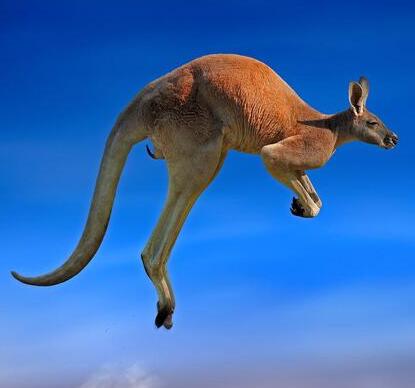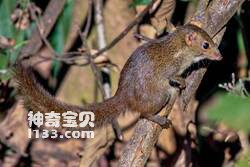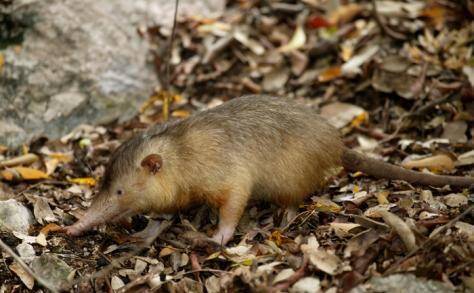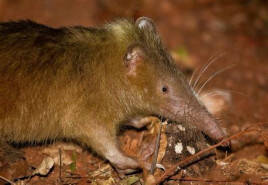Solenodon paradoxus
IUCN
LCBasic Information
Scientific classification
- name:Solenodon paradoxus
- Scientific Name:Solenodon paradoxus
- Outline:Eulipotyphla
- Family:Odontodontidae genus
Vital signs
- length:28-33cm
- Weight:0.6-1kg
- lifetime:About 11 years
Feature
It's a venomous mammal
Distribution and Habitat
Lives on the Caribbean Sea island of Hispaniola (Dominican Republic and Haiti).
The main habitat of the shrew is woodland, but sometimes it also lives in the bush or near estates.
Appearance
The head body is 28-33 cm, the tail is 25 cm long, and the weight is 0.6 to 1 kg.
It has reddish brown fur, soft hair and no hair on its tail and legs. There are five toes on the feet and claws on the toes. The claws on the front feet are significantly longer than those on the back feet, and are curved, so that the thumbs and toes cannot be aligned. There are glands in the axils that give off a distinctive smell. The most prominent feature of the head is its elongated nose, which is supported by a nasal bone. The nostrils are located on either side of the nose. The head of the shrew is narrow and elongated like that of many insectivorous animals, the eyes are relatively small, and the ears are partially hairless and protruding from the fur.
The teeth of the shrew are pointed and sharp, the front incisors are large, and there is a large gap (longitudinal fissure) between them and the other teeth. There are three incisors, one canine, three premolars, and three macromolars on each
Details
Solenodon paradoxus is a mammal that lives on the island of Hispaniola in the Caribbean (Dominican Republic and Haiti).
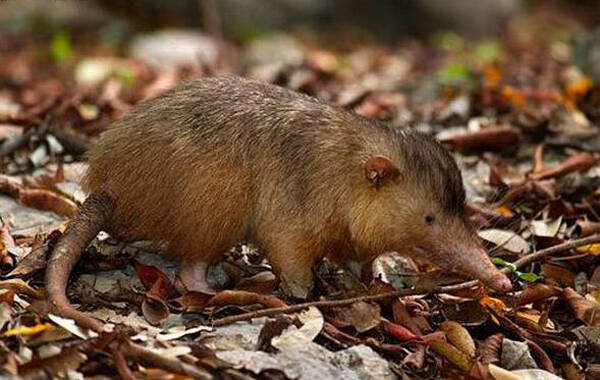
The shrew spends most of its time above ground at night, but it also spends part of its time underground. They sleep in cracks in rocks, holes in trees, holes in the ground, or holes they dig themselves. They don't nest outside the mating period. Sometimes they also dig complex tunnel systems underground as places to rest and find food. On the ground they walk a little waddly, but they can also run quickly in an emergency. Capable of producing a frequency of between 900 and 31,000 Hertz, they may be able to use this high frequency sound for sonar localization, like shrews.
The shrew lives in small groups of up to eight animals that share the same habitat. Growing young often live near their parents' habitat.

It can mate twice a year, pregnancy is about 50 days, each litter gives birth to 1-2, the newborn weight 40-55 grams, no hair, eyes have not opened, 75 days after weaning. Females build nests during the breeding season, and the young spend their first few weeks in the nest. The life span of the captive-bred shrew is 11 years. A highly endangered species.
Protect wild animals and eliminate wild meat.
Maintaining ecological balance is everyone's responsibility!

